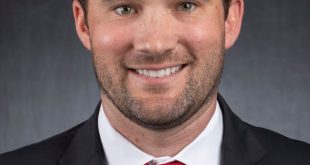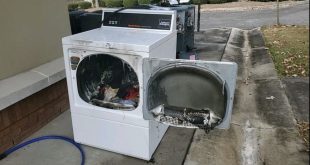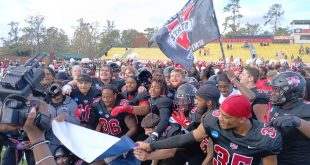Protecting the environment and recognizing the significant role of biodiversity of the world’s eco-system has grown over the last decade.
More and more people and groups throughout the world are advocating for the environment, but how sustainable can a college campus truly be?
It is clear that VSU has taken steps to make campus more sustainable. However, there are some faults we noticed on the VSU website and around campus.
Students can find recycling containers inside most buildings (for paper) and even outside of a few (for glass, plastic, and aluminum). VSU also says it recycles other materials and avoids taking them to landfills such as mattresses. VSU also uses recycled paper to make note pads, cardboard for painting purposes, shredded documents for packing material, ink cartridges and much more.
VSU even goes as far as shipping textbooks to Bridge to Asia for foreign country usage.
But where does general recycling go? It is questionable that, the City of Valdosta actually goes through the campus’ entire recycling, sorts it out and avoids the landfill.
Luckily, the city realizes that their process could be improved, according to several articles published on the City of Valdosta website.
Also, where is the consistent encouragement and advocation from VSU to their students to continue to recycle? Students need to understand why it is so important to recycle—campus is constantly trashed with Chick-Fil-A cups, Which Wich chip bags and wrappers from vending machines. It’s sad.
VSU has also replaced its T-12 lightbulbs to T-8, which save up to 35% more energy than before, according to the Sustainability on VSU Campus website. This is a great step; however, a lot of these lights remain on all day, every day. How much of an improvement is actually being made then?
The other big fault we found is the statement that most or all chemicals used to clean are eco-friendly. This is actually a major concern in our environment.
These chemicals—some not yet tested for safety—can very likely pollute streams and rivers and persist in the environment due to not breaking down, according to Green Choices. The chemicals can eventually enter our food chain, be absorbed by our skin and be toxic as they are simply not natural.
Water is essential to our survival, so why would it seem “green” to allow chemicals that are either proved toxic or not tested at all enter our water system?
According to Aspen Clean, 40,000 water systems in America have been found to have contaminants linked to cancer.
So, that statement should be reversed. Most or all chemicals used in cleaning products are not green. VSU should check their cleaning labels for toxic chemicals such as Triclosan, 1,4-Dioxane, Nonylphenol ethoxylates (NPES), Phosphates, Phthalates, Quaternary Ammonium Compounds (QUATs or QACs), Volatile Organic Compounds (VOCs) and Methylisothiazolinone (MI).
It is pleasing to know that the dining services on campus recycle their grease and purchase local produce. They also serve grass fed beef, poultry without the use of human antibiotics, certified humane cage free eggs and RBGH free milk and yogurts.
VSU also composts all landscape waste, preserves natural beauty and reuses their pine straw.
Creating a completely sustainable college in modern days is next to impossible, we get it. What VSU doing is OK, but there is more that can be done.
This editorial reflects the general opinion of The Spectator staff.
 The Spectator The independent student newspaper of Valdosta State University
The Spectator The independent student newspaper of Valdosta State University






